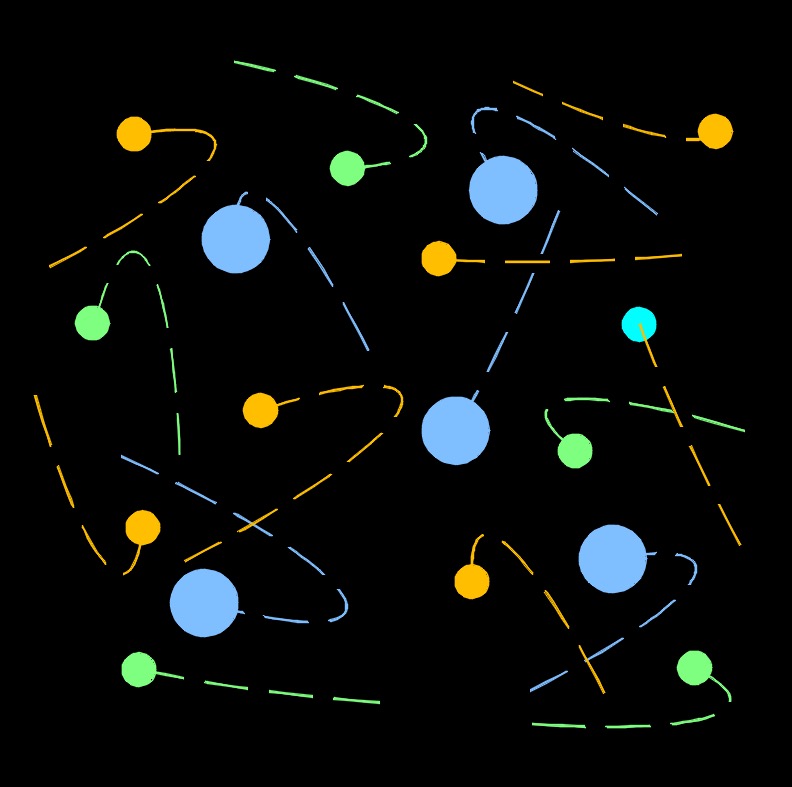Diffusion Coefficient
Diffusion Coefficient Formula |
||
|
\( D \;=\; \dfrac{ 1 }{ \mu } \cdot \sigma \cdot T_a \) (Diffusion Coefficient) \( \mu \;=\; \dfrac{ D }{ \sigma \cdot T_a }\) \( \sigma \;=\; \dfrac{ \mu \cdot D }{ T_a }\) \( T_a \;=\; \dfrac{ \mu \cdot D }{ \sigma }\) |
||
| Symbol | English | Metric |
| \( D \) = Diffusion Coefficient | \(ft^2 \;/\; sec\) | \(m^2 \;/\; s\) |
| \( \mu \) (Greek symbol mu) = Friction Coefficient | \(dimensionless\) | \(dimensionless\) |
| \( \sigma \) (Greek symbol sigma) = Stefan-Boltzmann Constant | \(constant\) | \(constant\) |
| \( T_a \) = Absolute Temperature | \(^\circ F\) | \(^\circ K\) |

Diffusion coefficient, abbreviated as \(D\), also called diffusivity, expresses the transfer rate of a substance by random molecular motion. It is a proportionality constant that relates the flux (flow of particles per unit area per unit time) of a substance to its concentration gradient.
The diffusion coefficient can be calculated using Fick's laws of diffusion, which describe the behavior of particles as they move from areas of high concentration to areas of low concentration. The first law of diffusion states that the flux of particles is proportional to the concentration gradient, while the second law states that the rate of change of concentration over time is proportional to the second derivative of the concentration with respect to position.
The diffusion coefficient depends on the properties of the material or medium being diffused, as well as the temperature and pressure of the system. It is commonly used in fields such as chemistry, physics, and engineering to model the behavior of gases, liquids, and solids in various systems.

